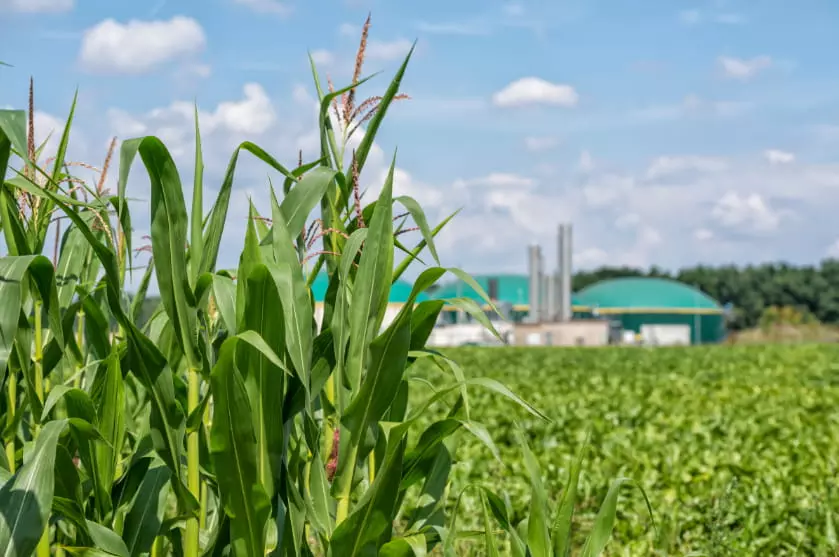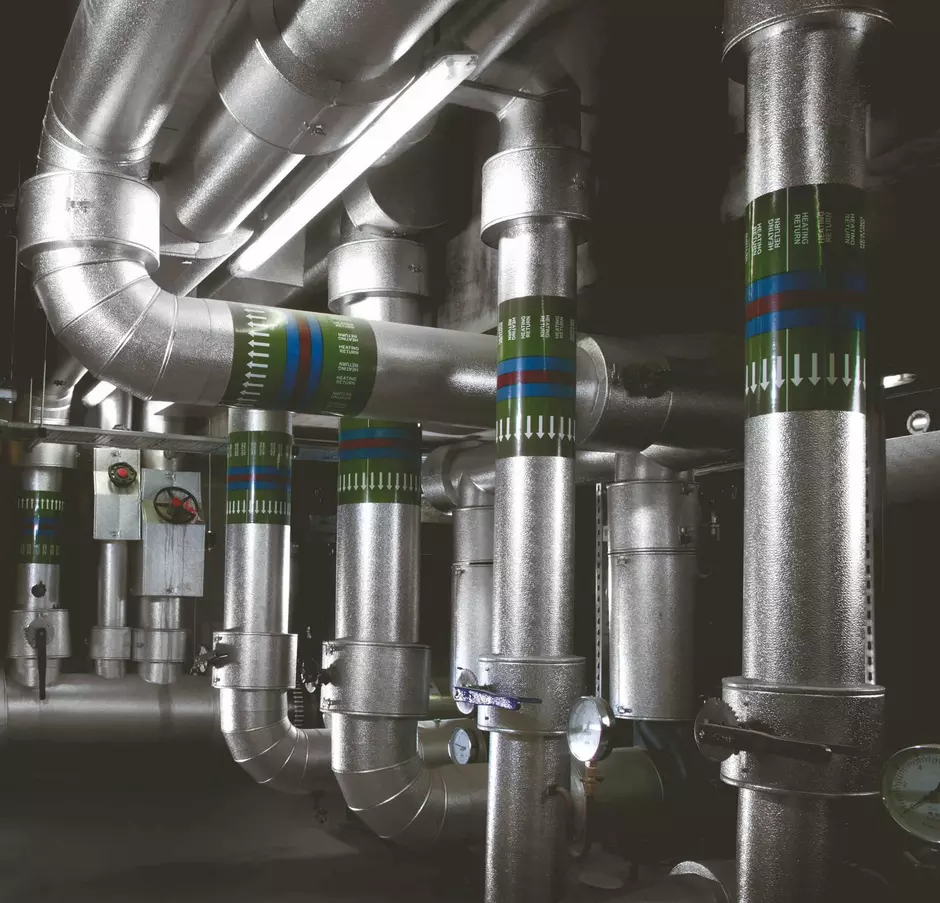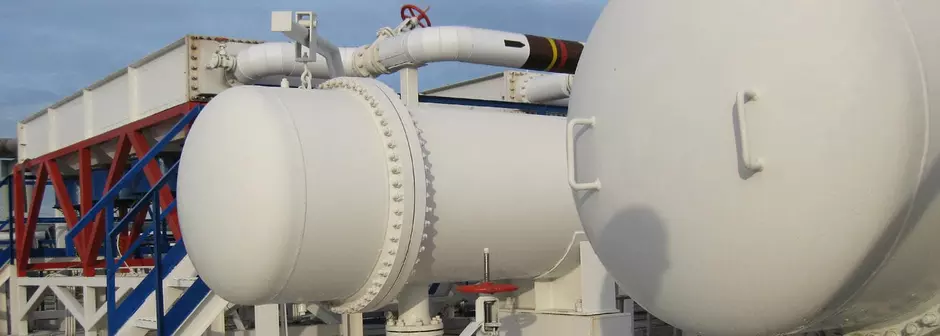How do district heating systems work?
District heating systems distribute heat from a central source to multiple buildings or homes in a defined area. These heating systems use a network of underground pipes to deliver hot water or steam to buildings, where individual heat interface units (HIUs) transfer heat from the central system into instantaneous heating and hot water as and when it is required in the individual heating system.
A key component of HIUs are heat exchangers. The primary function of heat exchangers is to transfer heat from the hot water in the district heating network to the cold water in the individual building's heating system.
Read our article ‘What is a heat exchanger?’ to learn more about the crucial role that heat exchangers play within district heating systems.
How can Veolia help you?
Veolia district heating systems ensure you can promise customers a low carbon solution that meets environmental regulations and saves on costs.
Types of district heating systems
There are several different types of district heating systems, which can be classified based on the type of energy source used, the means of heat distribution, and the temperature of the heat transfer medium.
Direct and indirect systems
Direct and indirect heating systems are both viable options to consider, each delivering its own unique characteristics and benefits. Direct heating systems use hot water to transfer heat directly to the buildings; and indirect heating systems use a heat transfer fluid, such as glycol, to transfer heat from the central source to the buildings.
District heating energy sources
One way to classify district heating systems is by the type of energy source used to generate heat. Common energy sources for district heating systems include natural gas, coal, wood, and biomass. Some systems may also use renewable energy sources, such as geothermal energy or solar thermal energy, to generate heat.
District heating systems per temperature
Finally, district heating systems can be classified based on the temperature of the heat transfer medium. High-temperature systems operate at temperatures of 120-180 degrees Celsius, while low-temperature systems operate at temperatures of 50-80 degrees Celsius. High-temperature systems are typically more efficient, but may require more complex and expensive equipment. Low-temperature systems are less efficient, but may be more suitable for certain types of buildings or energy sources.
Get in Touch
If district heating appears to be a viable route for you then we strongly urge that you seek out expert knowledge and advice to ensure your network/scheme is built and managed to provide the highest levels of efficiency.






